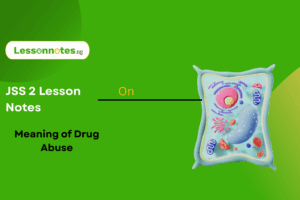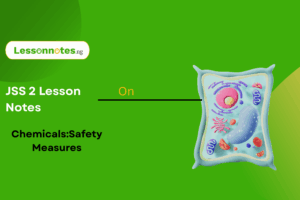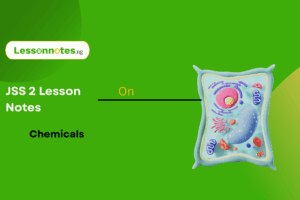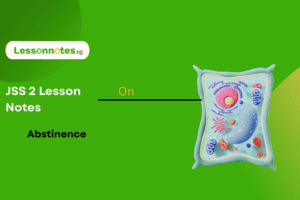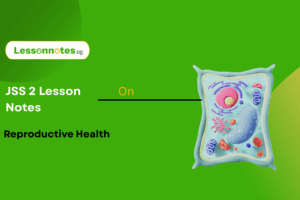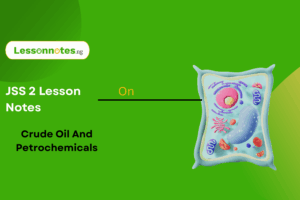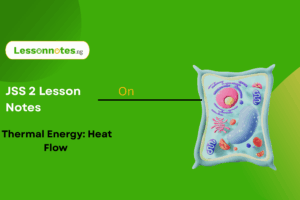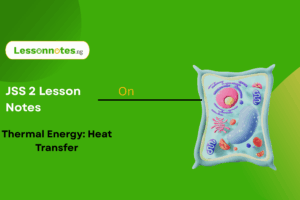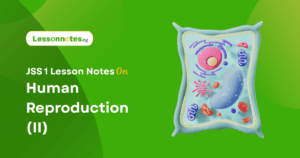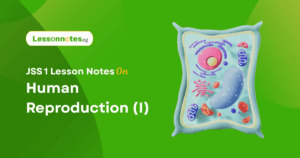Force JSS1 Basic Science Lesson Note
Download Lesson NoteTopic: Force
FORCE
Subtopics
-
Meaning
-
Types of Force
-
Contact and Non-Contact Force
-
Magnetic and Gravitational Force
Meaning
A force can be defined as any action that makes or tries to move, stop, or alter the speed of a body in a given direction.
Force can also be said to mean a push or a pull.
The unit of force is Newton (N).
The formula for force is:
Force (F)=Mass (m)×Acceleration (a)\text{Force (F)} = \text{Mass (m)} \times \text{Acceleration (a)} F=maF = ma
Types of Force
There are two main types of force:
-
Contact Force
-
Non-Contact Force
Contact and Non-Contact Force
1. Contact Forces
These are forces in which the source is in contact with the body to which they are applied.
The contact forces may be direct or indirect.
Examples include:
-
Push
-
Pull
-
Tension
-
Friction
-
Upthrust
2. Non-Contact Forces
These are forces that do not require physical contact with the body on which they act.
They operate through a region in space called a field, hence they are also called force fields.
Examples include:
-
Magnetic Force
-
Gravitational Force
-
Electric Force
Magnetic and Gravitational Force
1. Magnetic Force
In a bar magnet, there are two poles — the North Pole and the South Pole.
-
Like poles repel each other.
-
Unlike poles attract each other.
Magnets can attract other magnets, iron filings, or other metallic materials.
This shows that a magnetic force acts over a certain region around the magnet called a magnetic field.
Hence, a magnetic force is a field force that acts over an area.
2. Gravitational Force
The gravitational force is the force with which the Earth attracts all objects toward itself.
This is the reason why objects above the Earth fall down when released.
3. Electric Force
An electric force field exists between two electric charges.
-
Unlike charges attract each other.
-
Like charges repel each other.
CLASSWORK 3
-
What is force? Give its SI unit.
-
State two examples of contact forces.


